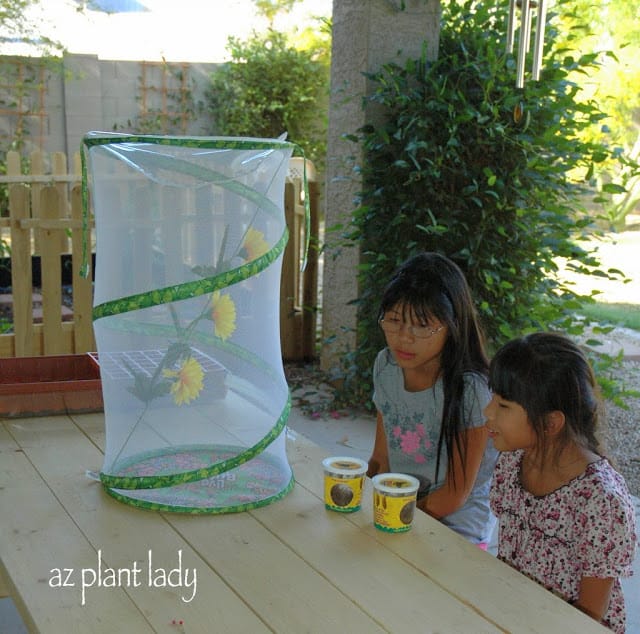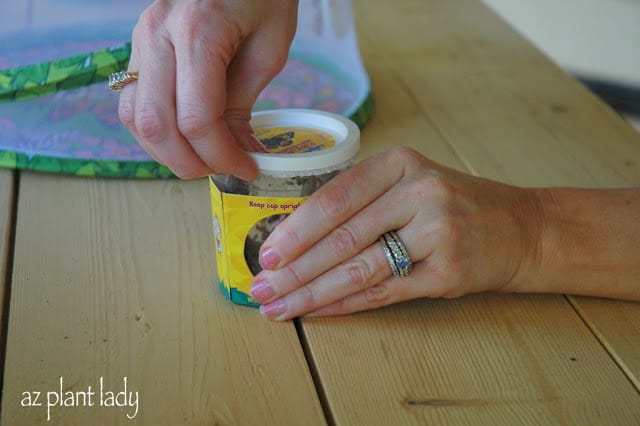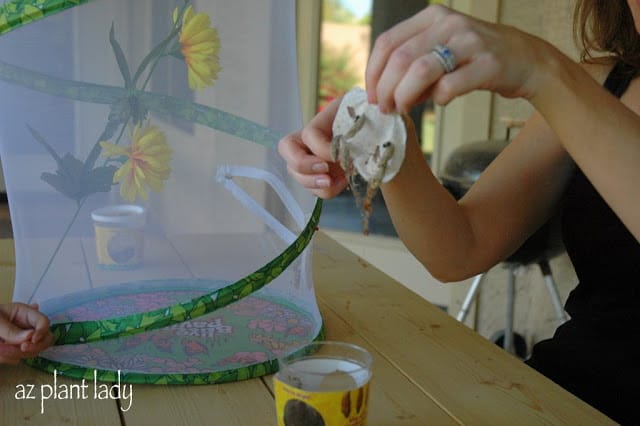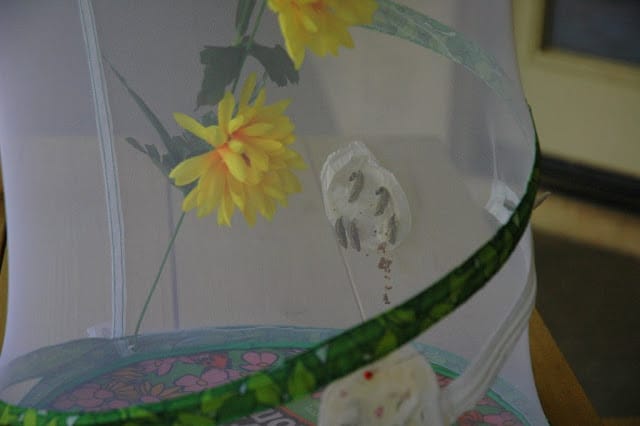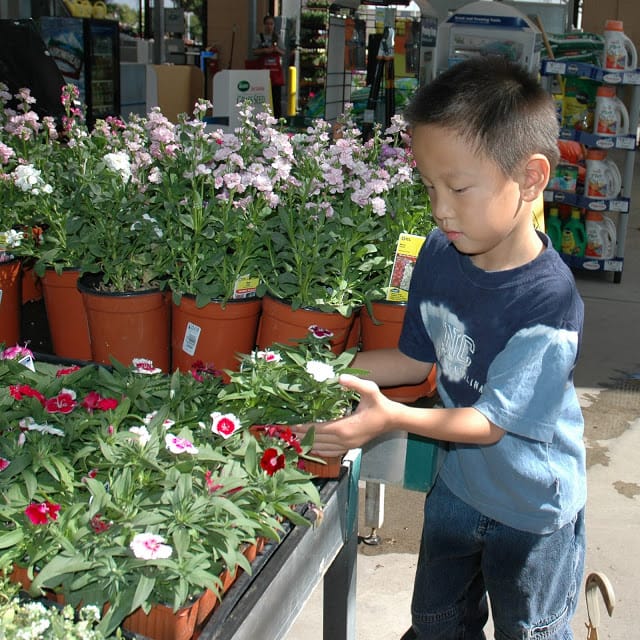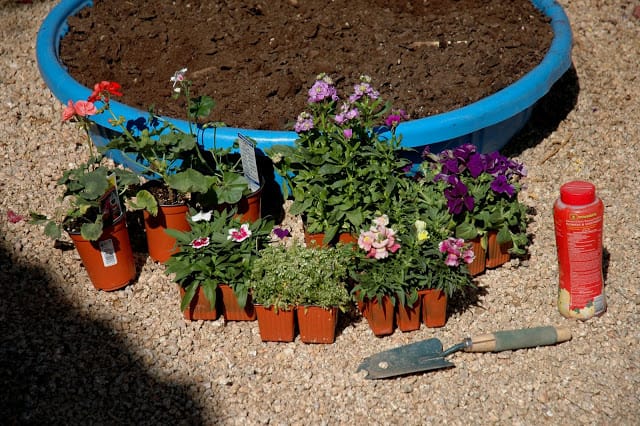Lately, I have been collecting toilet paper rolls. Now I know that may sound a bit weird to some of you, but I needed them for my garden.
So how on earth can toilet paper rolls help you in the garden?
Well, they are an inexpensive, environmentally friendly tool in which to start seeds indoors.

From upper right – bush beans, marigolds, Kentucky beans, cucumbers, sugar snap peas and spinach.
I thought this would be a good project to do with the kids, so we gathered our seeds.

We cut each toilet paper roll in half (you can use paper towel rolls and cut them into thirds for this too.)

We used a planting mix that had slow-release fertilizer already included and also had water-holding granules. I advise wetting the soil before adding it to your toilet paper rolls.

Now that we had everything, we were ready to start. The kids used tablespoons to ‘spoon’ the planting mix into each tube.

Then we lightly pressed down the planting mix and added more.

Now it was time to plant.

Then we used a spray bottle filled with water to thoroughly water each planted seed.
Now we had to create a ‘mini-greenhouse’ effect by covering our toilet paper roll with clear plastic wrap with some holes in the top. Then we placed them on top of the refrigerator, where it was warm enough to help them germinate.
Every day, we checked the moisture of each toilet paper roll and added more water if necessary.
Once the seedlings germinated, we removed the plastic wrap permanently and placed our seedlings by our bright, sunny kitchen window.
We are keeping the soil moist, but not soggy.
Soon, we will be able to plant our seedlings (with their toilet paper rolls) in the vegetable garden. The cardboard from the toilet paper rolls will disintegrate into the soil.
Of course, you can always use the ready-made plastic seeding trays, but I must admit that I like this method better 🙂
**Are you new to vegetable gardening in the desert? We are fortunate that we can grow a large variety of vegetables, as well as fruit. I invite you to click the ‘Shop’ tab where you’ll find some great information on growing vegetables.


